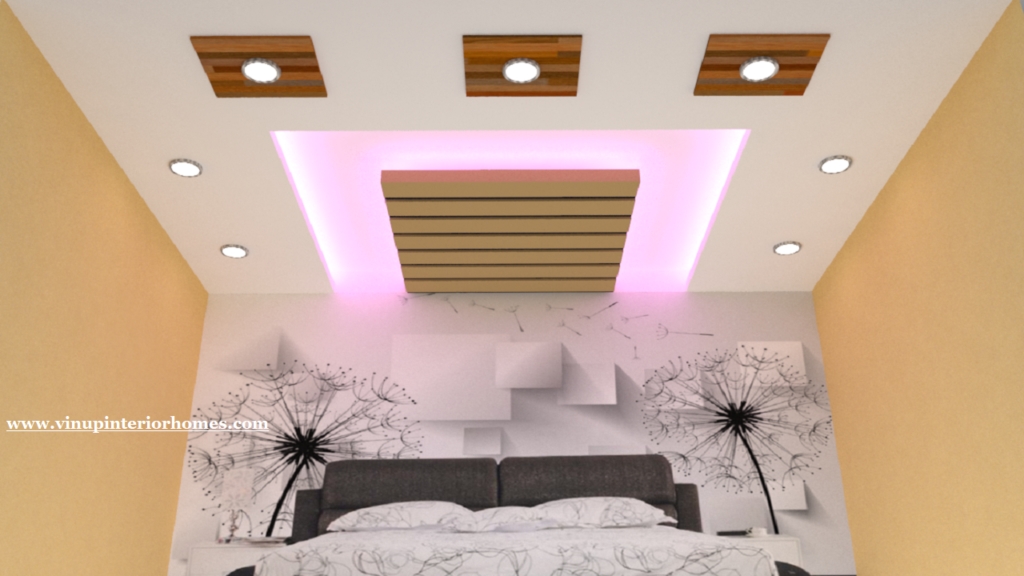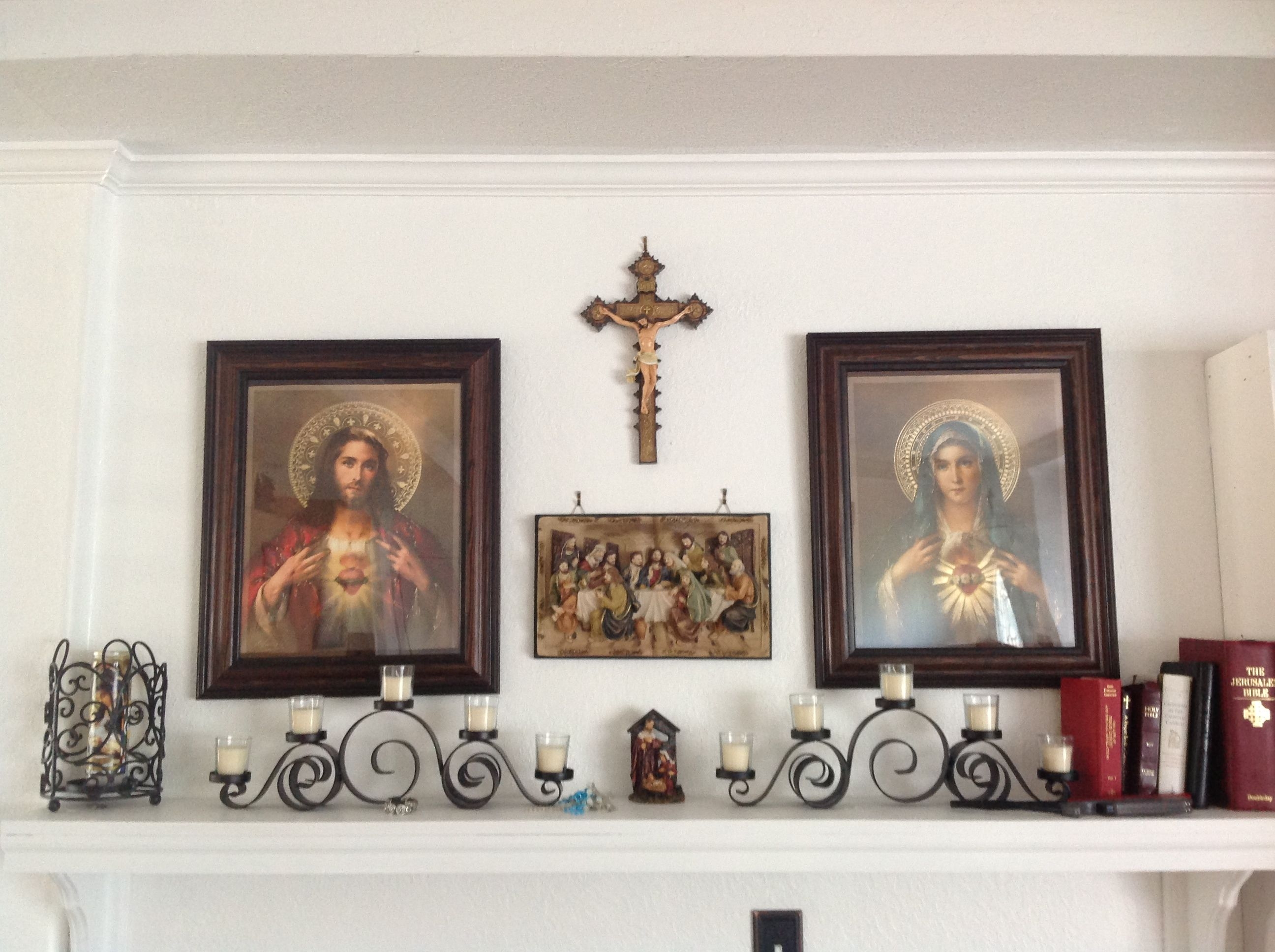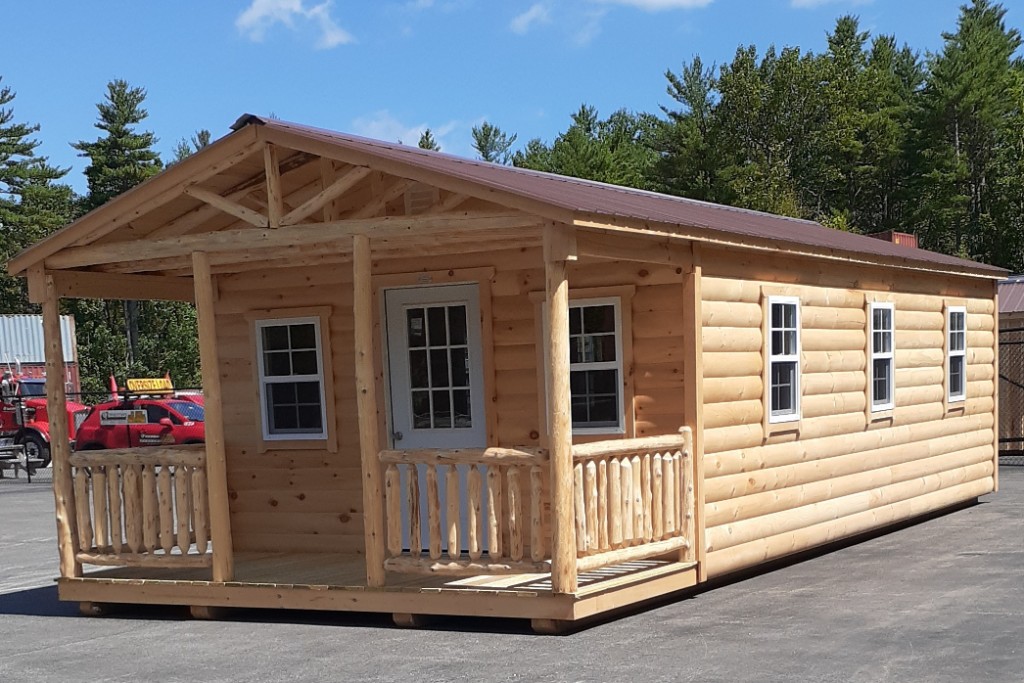Table of Content
To connect to a powerline network, one end of the adapter plugs into a standard electric wall outlet, and the other connects to a device's network port . Powerline networks use the electrical circuitry of a residence to carry home network communications. Available powerline equipment includes network routers, network bridges, and other adapters. All devices connecting through ad-hoc wireless must possess a working Wi-Fi network adapter. These adapters must be configured for ad-hoc mode instead of the more typical infrastructure mode.
But they will come in handy when creating firewall rules later. The columns we do care about are the auto-discovery services since those will need to be on the same segment to function correctly. Unless you use an mDNS repeater then any rows with marks in multiple auto-discovery columns means those services will have to be on the same segment. The primary reason we are implementing network segmentation is for security. It is easy to get lost in the weeds so one piece of advice is to keep the end goal of compartmentalizing services and data in mind. In addition, there is wireless client isolation, virtual routing and forwarding , and along with others that I don’t even know about.
Wireless Routers
This usually involves pressing a button on the wi_fi router and a corresponding WPS connection button on the Device. The easiest way of testing you signal strength in various locations is to use the inSSIDer Wi-Fi checker which is an App that you can install on your Android Tablet or phone. Because the Wireless Router provides the Wireless access point then you should install it in a central location, if possible, to get the best wireless reception. Ethernet HUB or Switch -Used to Connect Ethernet equipped devices. Today almost every home and small business has a local network, and an Internet connection. Households have different opinions about which network applications are most important to them.

Install your network interface cards into the appropriate slot of each computer. You will need either an Ethernet or wireless NIC for network connectivity, depending on the connectivity method you chose. To do this, it reads the destination address on each packet and routes it to the corresponding machine only. Unlike a hub, this means that the casual electronic eavesdropper will see only the packets meant for his machine. The exception is broadcast traffic, such as Dynamic Host Configuration Protocol lease requests and multicast traffic designed to go to several destinations simultaneously. I have a new Ziggo router with 4 LAN Ports then each has a cable connected going to the Living Room, Master Bedroom, Attic Room, and the Powerline Adapter.
How to Install UniFi on Ubuntu 18.04
If you need to use a wired connection the first photo is showing the ethernet cable and where it should be plugged into a desktop. The second photo is showing the wireless network connection menu and displaying our network called home_network on the wireless list. Switch – A managed switch can implement separate LAN segments through software configuration.
Routing traffic to other networks is done using a machine called a default gateway. Basically, any traffic that's destined for another network is picked up by this machine and transmitted on a second network card. In the case of a home network, the default gateway is the computer or router that's connected to the broadband connection.
What is a Home Network?
Is there a reason for this or a way to prevent from happening? Equipment – ISP Modem, ISP Router, TP-Link 16 Port Switch, Net Gear 5 Port POE switch, TP-Link EAP, NetGear EAP. Most modern home routers include support forguest networking. Setting up a guest network only takes a few minutes and is an ideal way to open up your network to household visitors without compromising your security setup. Some peripheral equipment on a home network connects through Wi-Fi or Ethernet, while other equipment connects using Bluetooth wireless or USB. Each kind of home network device offers a slightly different user interface and setup procedure for making these connections, although most devices connect with Wi-Fi.

The networks are segmented because, from the point of view of each of the wireless routers, anything on the other side is treated just like internet traffic. There are a whole bunch of ways you can tweak this setup and it can start to get more complicated. A key benefit of both wireless routers and access points is scalability. A router's robust, built-in transceivers can spread a wireless signal throughout a home. A home WLAN with a router or access point can better reach corner rooms and backyards, for example, than one without.
At the end of the top-down approach you can use the bottom-approach to continue splitting up your biggest groups and help develop firewall rules. And if you start with the bottom-up approach, you will still likely want to make some high-level group decisions like splitting off your work and guest segments. There is a reason this post is written in 2020 while part one of this series was in 2017. After I wrote part one I grouped my 21 devices into 10 different types, created a spreadsheet, and assigned them into 8 segments.
Compatibility in the network also means that the various components must be sized correctly. The amount of data exchanged determines how busy the network is. Connect your cable modem, DSL modem, or other gateway that your ISP supplied to the port labeled “WAN” or “Internet” on the router. Alternatively, you could just increase the range of your network.
When your network topology map is complete, you can export it in different formats, including JPG, EMF, XAML, and PDF. The export can be sent to other team members for further analysis. CADE features a locking/unlocking function, which allows more than one user to contribute to your network design processes at the same time. This means if you’re scaling your network, juggling changes, or struggling to find the time to commit to network design, you can have other team members lighten the load. This reduces the amount of time you spend maintaining topology maps, boosts productivity, and encourages collaboration. Because multiple users can have access to CADE simultaneously, this also helps prevent mistakes caused by human error.

Available for Windows, it features a simple drag-and-drop interface and supports the creation of linked diagrams and flowcharts. This Windows-based suite of design tools resembles Microsoft Visio, allowing you to create your own custom diagrams and plot out your network topology. While this network design software could offer more in the way of automated capabilities, it does come with the advantage of being flexible.
If the router has UPnP capability, some apps will use it to configure port forwarding while the game is running, and then turn it off when the software shuts down. If you do, you may need to configure the proper ports for your app. Current-generation routers and software are often more sophisticated, and you may not have to configure port forwarding. The general rule is to try to connect with the game first, without port forwarding, and then add it if you can’t connect. Some games and other applications may use only specific ports to connect to the game server or other systems.
This feature allows you to connect to your router from outside your home and while there can be benefits for this, it shouldn’t be on by default in my opinion. Try to count how many devices you have at home that will require a network at the same time. This is not very demanding and will not generate that much network traffic. It’s also possible to connect devices directly to your router if you have enough LAN ports, but using the switch will spare the router 16mbps of data a second.

No comments:
Post a Comment